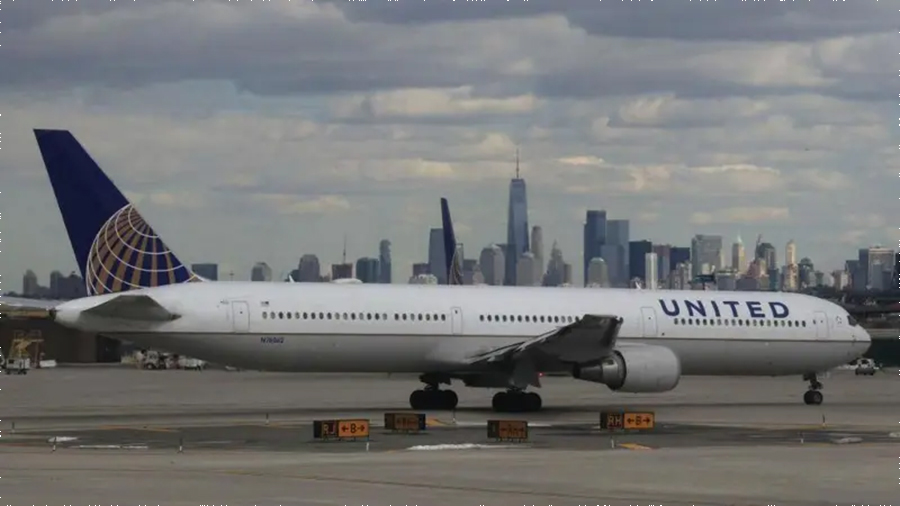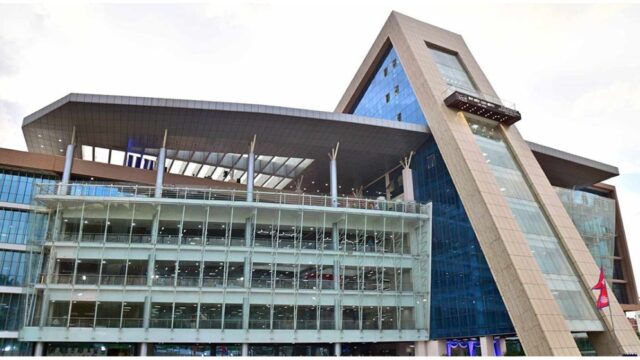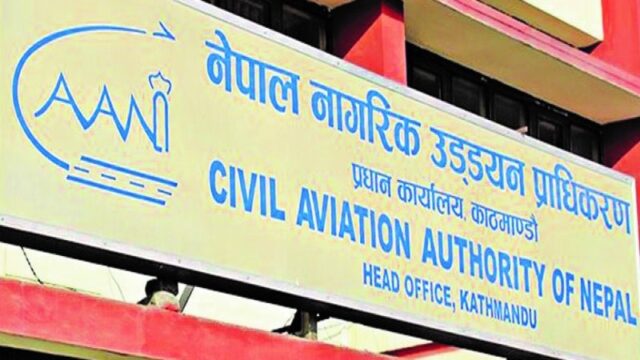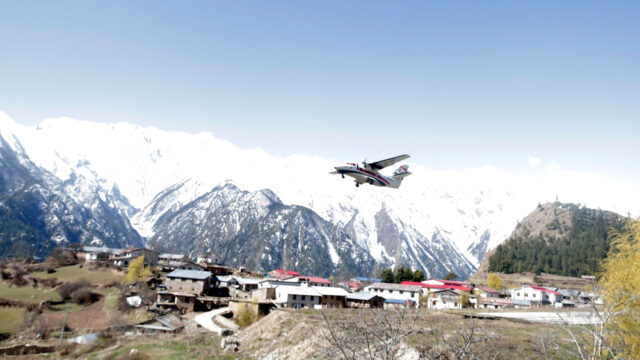Flight 93, a United Airlines Boeing 757, was 40 minutes behind schedule at New York International Airport. The plane, bound for San Francisco, held 33 passengers—far fewer than its 182-person capacity. Among the passengers were four men of Arab descent seated in first class. These men had not purchased return tickets. The night before, they had read an Arabic document instructing them to separate themselves from worldly desires, strengthen their resolve for the upcoming struggle, and repeatedly pledge their lives to God.
According to Tom McMillan’s book, Flight 93: The Story, The Aftermath, and The Legacy of American Courage, al-Qaeda had meticulously planned this attack. Yet, despite years of preparation that began in Afghanistan in 1996, they did not account for potential delays in flight schedules. The plan was simple: four hijacked planes were to take off between 7:45 AM and 8:10 AM, with hijackers seizing control within 15 minutes of takeoff.
If everything had gone according to their timetable, these planes would have crashed into key American landmarks, leaving little time for the U.S. government and military to react. The hijackers had a strict timeline, but Flight 93’s delay threw it off course.
At precisely 8:41 AM, Captain Jason Dahl and First Officer LeRoy Homer were cleared for takeoff. Minutes later, four men—Ziad Jarrah, Ahmed Al Haznawi, Ahmed Al Nami, and Saeed Al Ghamdi—prepared to execute their mission. The date was September 11, 2001, a day that would forever change the world.
At 8:46 AM, another plane crashed into the North Tower of the World Trade Center, creating a gaping hole between the 93rd and 99th floors. Seventeen minutes later, at 9:03 AM, a second plane slammed into the South Tower. The U.S. authorities were now aware they were under attack.
By 9:19 AM, United Airlines had issued its first warning, cautioning 16 aircraft to be on the lookout for potential cockpit intrusions. Flight 93 received this message at 9:24 AM. Captain Dahl, puzzled, asked for confirmation. Just four minutes later, at 9:28 AM, chaos erupted in the cockpit.
The hijackers, led by Ziad Jarrah, stormed the cockpit. Audio from the plane’s black box revealed a chilling command: “Mayday…get out of here.” Over the next 30 seconds, the plane plummeted 680 feet. Air traffic controllers in Cleveland could hear the struggle, and at 9:31 AM, an unknown voice came over the intercom, announcing to the passengers: “Ladies and gentlemen, this is the captain. Please sit down. We have a bomb on board.”
Jarrah took control of the plane, steering it towards Washington, D.C. He planned to crash it into a high-profile target, likely the U.S. Capitol or the White House. However, passengers aboard Flight 93 were not going to sit idly by. Equipped with Airfones, a communication technology on the plane, several passengers began calling their loved ones. These calls painted a horrifying picture of what was happening.
Tom Burnett called his wife at 9:30 AM, informing her that their plane had been hijacked. He told her about a passenger being stabbed and a bomb threat. Flight attendant Sandy Bradshaw contacted United Airlines headquarters, reporting that the hijackers had taken over the cockpit, and all passengers had been moved to the back of the plane.
At 9:37 AM, Jarrah was still attempting to navigate the plane when the cockpit voice recorder picked up the final moments of resistance. Passengers, now aware of the broader attacks on the World Trade Center, had decided to fight back. Led by passengers like Tom Burnett and Mark Bingham, they stormed the cockpit, attempting to wrest control from the hijackers.
In a final act of bravery, the passengers struggled with the hijackers. By 10:03 AM, Flight 93, its target unclear, crashed into a field in Pennsylvania. Everyone on board perished, but the passengers’ heroic actions likely saved countless lives in Washington, D.C.
Flight 93’s story is one of tragedy but also profound courage. It stands as a testament to the human spirit’s will to resist in the face of unimaginable horror.
Source: BBC






